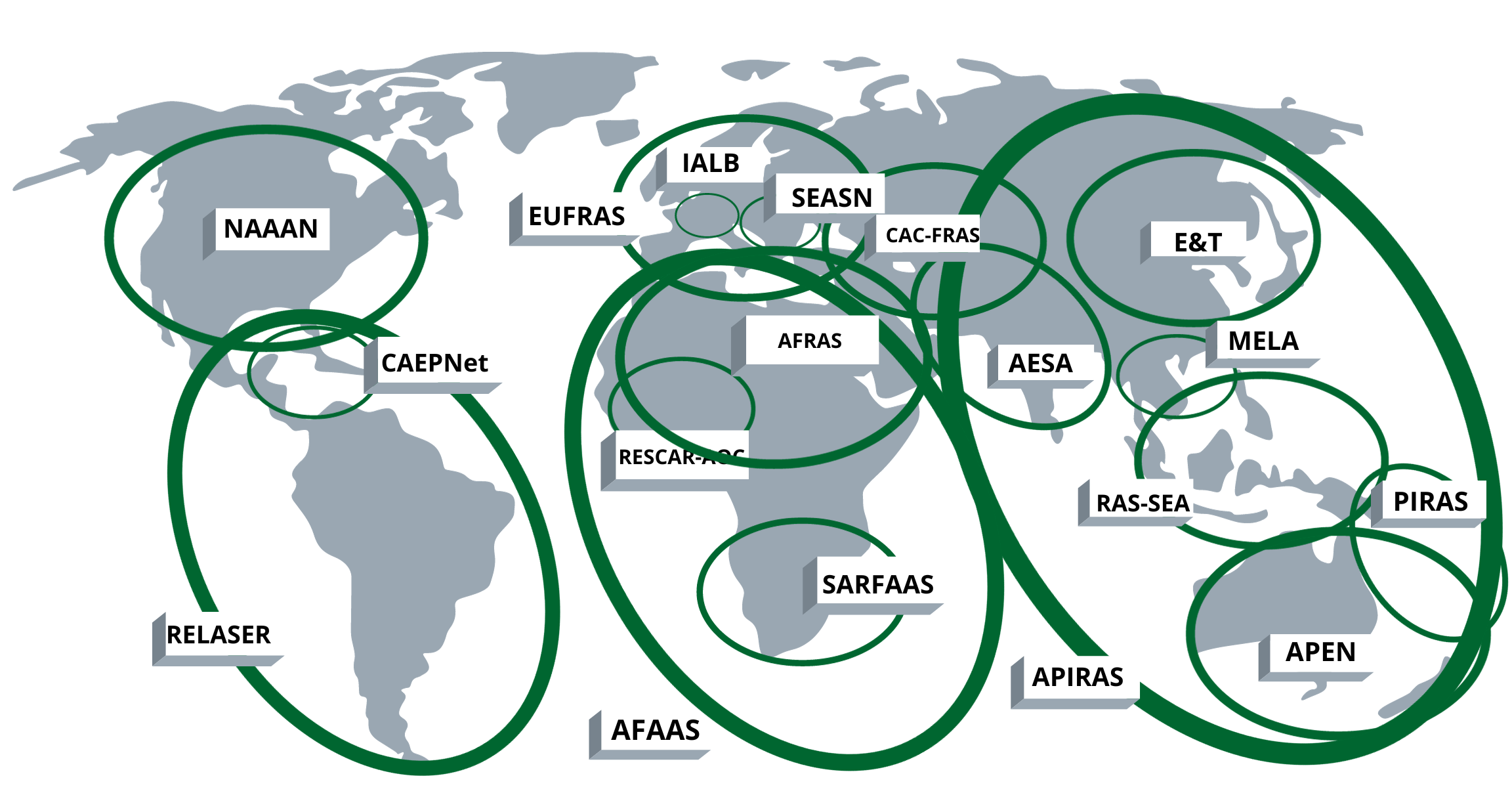Thank you for your interest in . Your download will begin shortly.
Key takeaways on upscaling digital advisory services
Explore the transformative landscape of agricultural advisory services
in this video, highlighting key findings from a study (financed by GIZ and BMZ) by four GFRAS
regional networks on upscaling digital services. Gain insights into how
digital technologies are reshaping agriculture advisory, unlocking
opportunities for knowledge dissemination and collaboration, with a
focus on innovative strategies and practical implications for
sustainable development and upscaling of such services.










